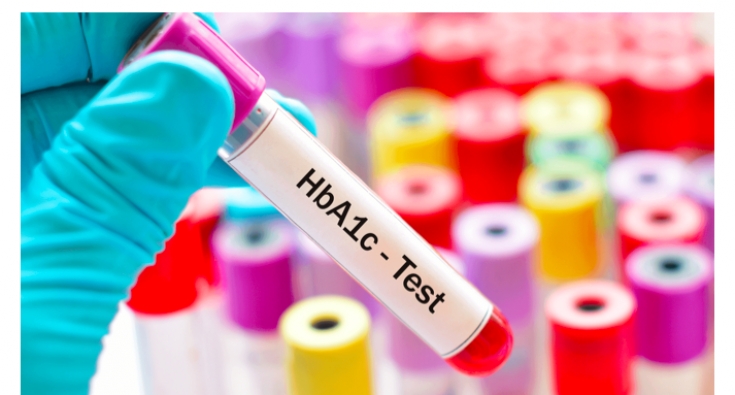Diabetes mellitus – a pathological condition that is characterized by a violation of all types of metabolic metabolism: fat, protein, water-mineral and, to the greatest extent, carbohydrate. The concept of "diabetes mellitus" today includes not one, but a whole group of diseases, different in etiology, pathogenesis and clinical manifestations. Common to these endocrinopathies is the presence of chronic hyperglycemia.
The constant increase in blood glucose levels leads to the development of cardiological, surgical, neurological and other pathologies that significantly impair the quality of life. Carrying out glycemia control – a necessary condition for effective correction of diabetes mellitus and prevention of its complications. About the key parameter for monitoring diabetes mellitus – glycosylated hemoglobin, read on estet-portal.com in this article.
Glycosylated hemoglobin: what does this indicator show
Today, more than 400 million people around the world are diagnosed with diabetes. According to the forecasts of the World Health Organization, by 2030 diabetes mellitus will be the seventh leading cause of death in the population.
Correction of chronic hyperglycemia – the main component of the treatment of diabetes mellitus, the effectiveness of which is determined by the degree of compensation of carbon metabolism.
Glycosylated hemoglobin, also known as glycated hemoglobin, is a combination of glucose and red blood cell hemoglobin. There are several types of glycosylated hemoglobin fractions, but the most informative is HbA1c. This laboratory indicator displays the level of glycemia over the previous 120 days – erythrocyte lifespan.
Follow us on Telegram.
Glycosylated hemoglobin as an indicator of carbon metabolism disorder
The scale and speed of the reactions of the non-enzymatic compound of hemoglobin and glucose directly depend on the level of hyperglycemia: the more glucose in the blood, the faster it penetrates the erythrocyte membrane, and the higher the value of glycated hemoglobin will be. Moreover, the process of its formation is irreversible. Glycated hemoglobin is also formed in healthy people, but in small amounts: 4-6% among all hemoglobin. Exceeding its normal value indicates that over the past 60-90 days blood glucose has been high. The level of glycosylated hemoglobin 6.1-6.5% indicates a violation of carbohydrate metabolism and the presence of a state of "prediabetes", and the level of over 6.5%

According to numerous studies, it has been found that an increase in the level of glycated hemoglobin by 1% corresponds to an average change in glycemia of 2 mmol / l.
The value of glycosylated hemoglobin directly correlates with the degree of diabetes compensation.
According to the level of glycated hemoglobin, one can judge:
- Presence of diabetes mellitus: the value of the indicator is over 6.5%;
- Degrees of compensation for carbon mellitus in diabetes mellitus:
-
- less than 7.1% – compensation;
- 7.0% – 7.5% – subcompensation;
- more than 7.5% – decompensation.
Effectiveness of therapy for type 1 diabetes mellitus: target values of glycated hemoglobin are 6.1-7.5%. - Risk of angiopathy in type 2 diabetes mellitus:
-
- less than 6.5% – low risk of angiopathy;
- more than 6.5% – risk of macroangiopathies;
- more than 7.5% – risk of microangiopathies.
In addition, effective therapy for complications of diabetes mellitus and other concomitant diseases is impossible without achieving an optimal level of glycemia. Thank you for staying with estet-portal.com. Read other interesting articles on the site in the "Endocrinology" section. You may also be interested in:
What changes in the skin occur with diabetes







Add a comment